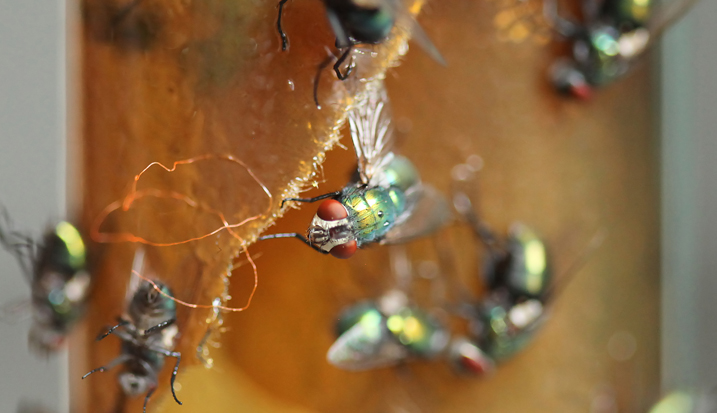Jalan Raya Jakarta Bogor KM. 37, Cilodong – Depok 16415
Telp. 021 – 2962 9393 / 021 – 2962 9394
Faks. 021 – 2962 9395
Email : info@aaslaboratory.com
Hotline :+62811-1939-330

Vektor adalah organisme hidup yang dapat menularkan patogen menular antar manusia, atau dari hewan ke manusia.
Banyak dari vektor ini adalah serangga penghisap darah, yang menelan mikroorganisme penyebab penyakit saat menghisap darah dari inang yang terinfeksi (manusia atau hewan) dan kemudian menularkannya ke inang baru setelah patogen tersebut bereplikasi.
Seringkali, ketika suatu vektor menjadi menular, mereka mampu menularkan patogen tersebut selama sisa hidupnya melalui setiap gigitan/penghisapan darah berikutnya.
Penyakit yang ditularkan melalui vektor adalah infeksi yang ditularkan melalui gigitan spesies artropoda yang terinfeksi, seperti nyamuk, kutu, serangga triatomine, lalat pasir, dan lalat hitam.
Vektor Arthropoda berdarah dingin (ektotermik) dan karenanya sangat sensitif terhadap faktor iklim. Cuaca mempengaruhi tingkat kelangsungan hidup dan reproduksi vektor, yang pada gilirannya mempengaruhi kesesuaian habitat, distribusi dan kelimpahan; intensitas dan pola temporal aktivitas vektor (khususnya tingkat gigitan) sepanjang tahun; dan tingkat perkembangan, kelangsungan hidup dan reproduksi patogen dalam vektor.
Namun, iklim hanyalah salah satu dari banyak faktor yang mempengaruhi penyebaran vektor, seperti perusakan habitat, penggunaan lahan, penggunaan pestisida, dan kepadatan inang.